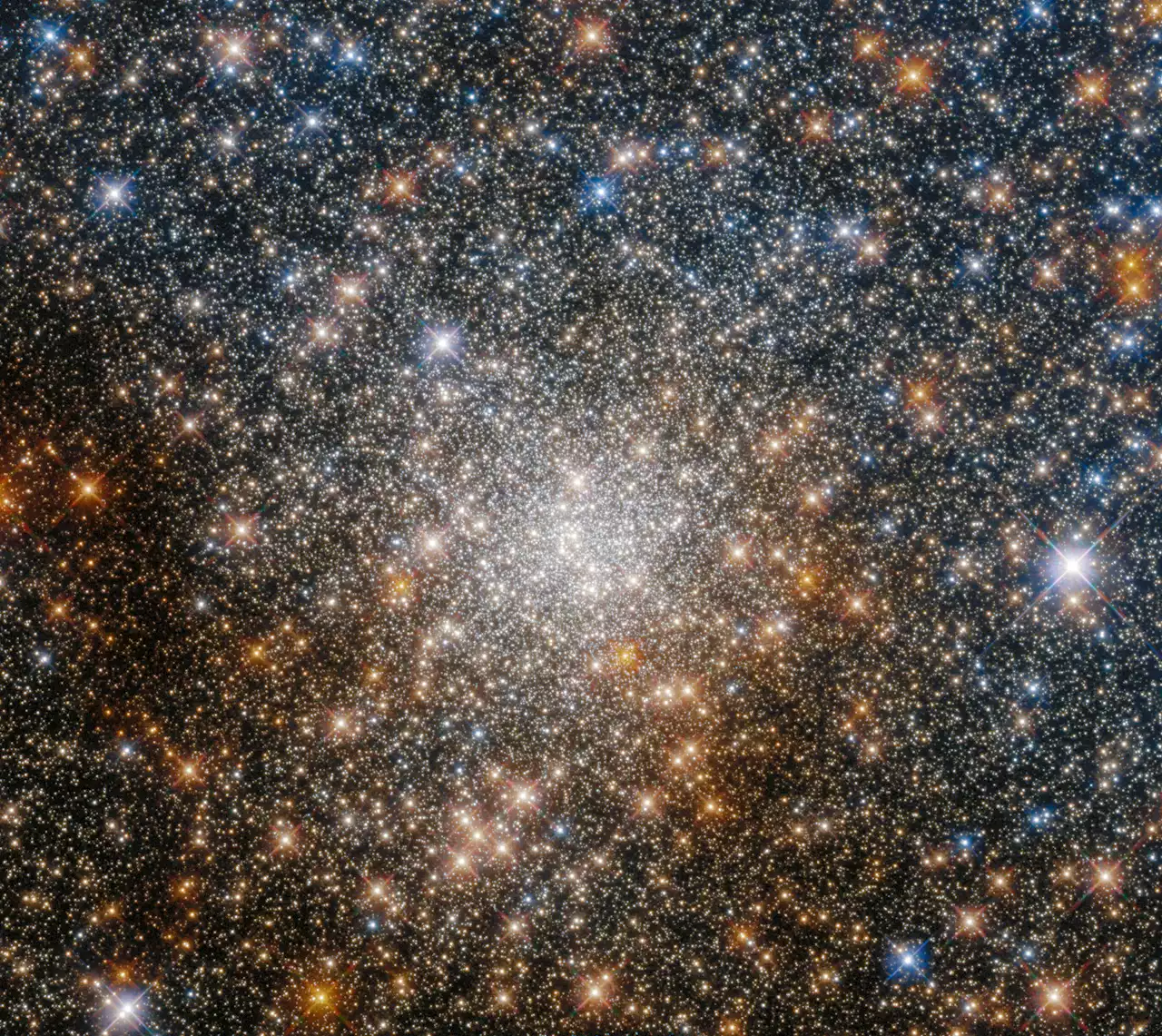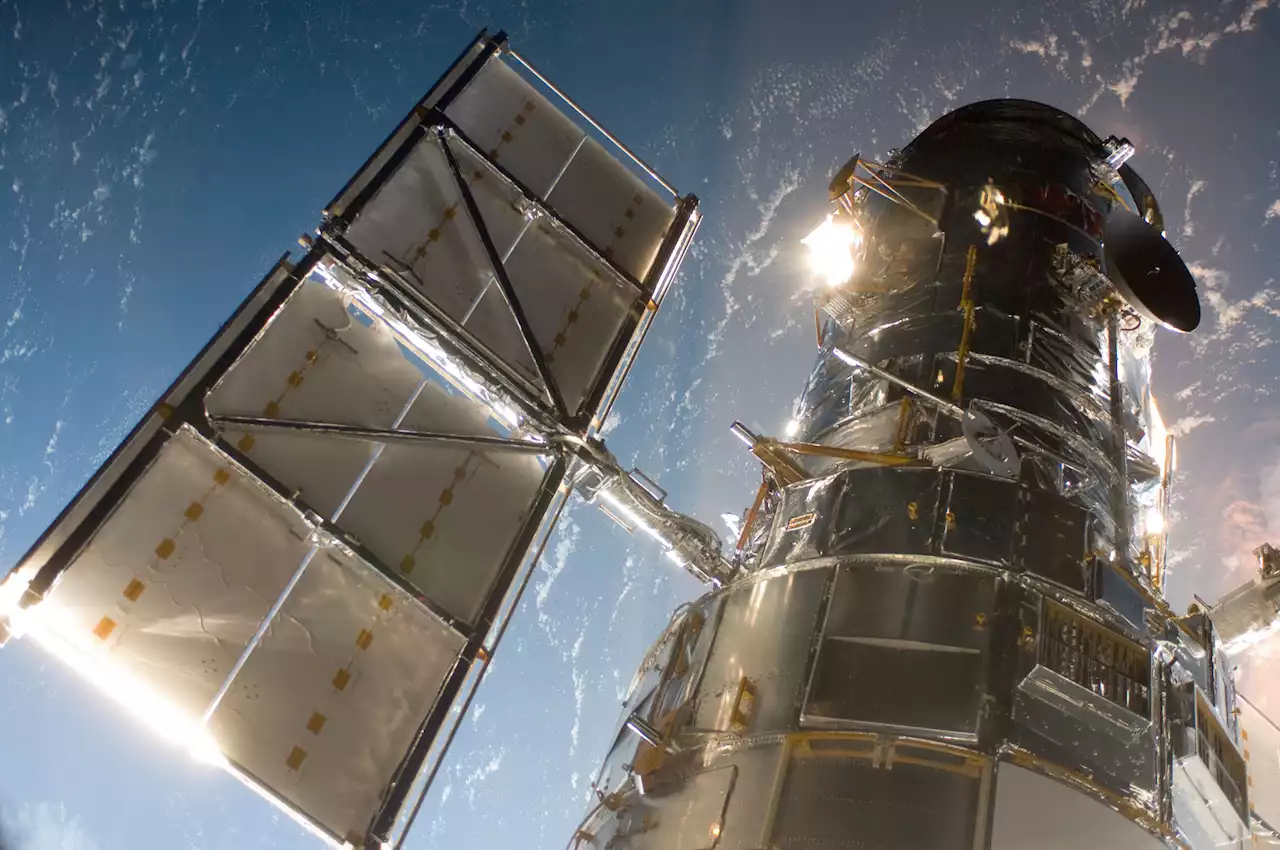Hubble showcased an image of a massive galaxy cluster known as Abell 1351 in its most recent Image of the Week.
Hubble has captured an image of a massive galaxy cluster known as Abell 1351. The image itself is filled with streaks of light, which the European Space Agency says are distant galaxies. They just look like streaks because of gravitational lensing.Image source: ESA/Hubble & NASA, H. Ebeling / Acknowledgement: L. Shatz
This is a delightful astrophysical phenomenon that we see often in photos from Hubble and other spacecraft. And, in this instance, it gives us a good idea of what kind of massive galaxy cluster we’re dealing with. Including how its mass is distributed throughout. Having these Snapshot Programs allows Hubble to make the most of its time. With over 30 years under its proverbial belt, the space telescope has delivered a lot of data to astronomers. Making the most of the time it might have left in operation is always going to be a priority.
United States Latest News, United States Headlines
Similar News:You can also read news stories similar to this one that we have collected from other news sources.
 Hubble spies stellar 'ghost' wandering the Milky Way galaxyFor the first time, the Hubble Space Telescope has detected a lone object drifting through our Milky Way galaxy. Two different teams of astronomers have arrived at separate conclusions about the invisible, ghostly remains of this once-radiant star.
Hubble spies stellar 'ghost' wandering the Milky Way galaxyFor the first time, the Hubble Space Telescope has detected a lone object drifting through our Milky Way galaxy. Two different teams of astronomers have arrived at separate conclusions about the invisible, ghostly remains of this once-radiant star.
Read more »
 Hubble snaps globular cluster near the heart of our galaxy | Digital TrendsStars shine like diamonds in this week's image from the Hubble Space Telescope, which shows globularcluster Terzan 9.
Hubble snaps globular cluster near the heart of our galaxy | Digital TrendsStars shine like diamonds in this week's image from the Hubble Space Telescope, which shows globularcluster Terzan 9.
Read more »
 Hubble snaps globular cluster near the heart of our galaxy | Digital TrendsStars shine like diamonds in this week's image from the Hubble Space Telescope, which shows globularcluster Terzan 9.
Hubble snaps globular cluster near the heart of our galaxy | Digital TrendsStars shine like diamonds in this week's image from the Hubble Space Telescope, which shows globularcluster Terzan 9.
Read more »
 Hubble spies stellar 'ghost' wandering the Milky Way galaxyFor the first time, the Hubble Space Telescope has detected a lone object drifting through our Milky Way galaxy. Two different teams of astronomers have arrived at separate conclusions about the invisible, ghostly remains of this once-radiant star.
Hubble spies stellar 'ghost' wandering the Milky Way galaxyFor the first time, the Hubble Space Telescope has detected a lone object drifting through our Milky Way galaxy. Two different teams of astronomers have arrived at separate conclusions about the invisible, ghostly remains of this once-radiant star.
Read more »
 What's Up: June 2022 | NASA Solar System Exploration🪐 Planets align. It’s fine. What is time? Does that even rhyme? Look up starting tonight to see Venus, Mars, Jupiter, and Saturn spread out and appear to line up in the sky. The crescent moon joins them on June 23:
What's Up: June 2022 | NASA Solar System Exploration🪐 Planets align. It’s fine. What is time? Does that even rhyme? Look up starting tonight to see Venus, Mars, Jupiter, and Saturn spread out and appear to line up in the sky. The crescent moon joins them on June 23:
Read more »
